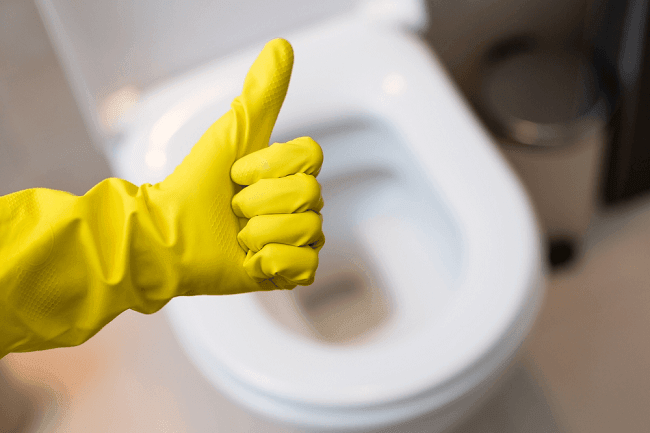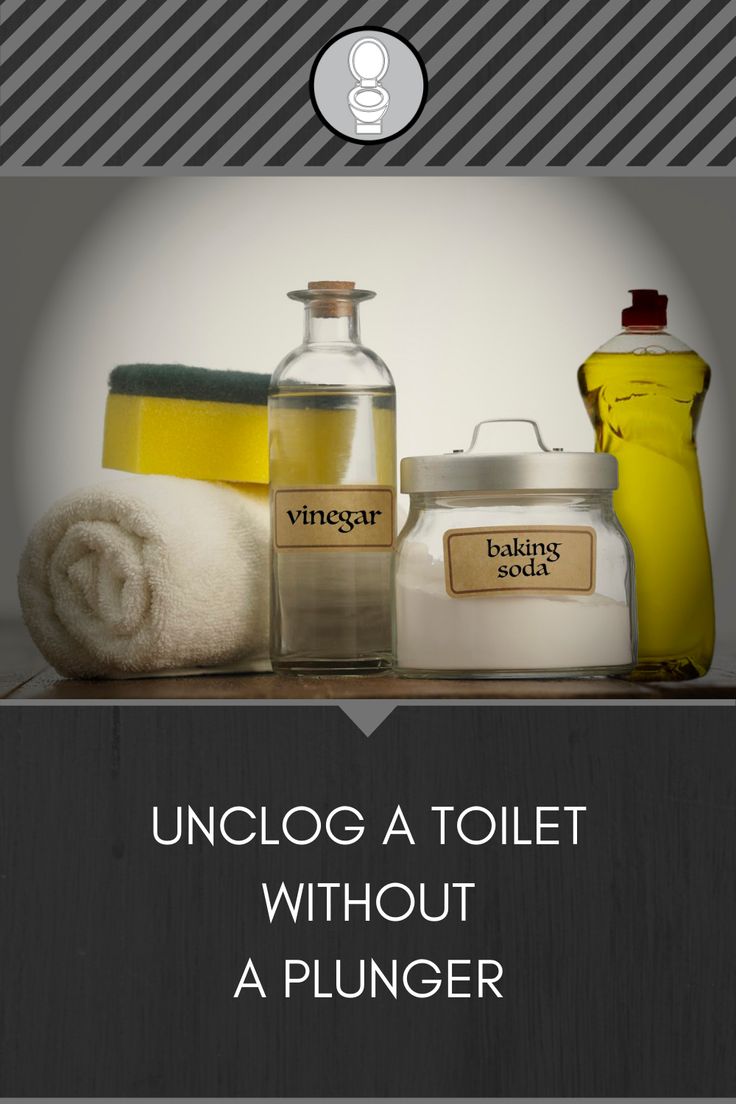Toilet Clogged: Easy Unclogging Methods.

Toilet clogs are a common household plumbing problem, and knowing how to unclog a toilet can save you a lot of hassle and potential water damage. This thorough guide offers effective and easy-to-follow steps to fix a clogged toilet without having to call a plumber. We’ll cover the root causes, common household solutions, and DIY methods that work, allowing you to tackle the problem like a pro! This article will walk you through the process step-by-step, determineing the most effective methods, and highlighting crucial insights and safety precautions. Let’s get started!
Understanding Toilet Clogs: Common Causes and Solutions
determineing the Root Cause
Toilet clogs often outcome from a build-up of various materials. Common culprits include: excessive toilet paper, fibrous materials like feminine hygiene products, food waste, and even small toys. Understanding the cause is often the first step towards a achievementful unclogging solution. Knowing what went wrong helps prevent future clogs. Sometimes, stubborn clogs are signs of a larger problem in your plumbing system and contacting a plumber may be necessary.
DIY Solutions
Many clogs can be easily resolved with DIY methods, saving you money and time. Let’s explore several effective techniques, ranging from simple solutions to more involved approaches.
Plunger Power: A Quick and Effective Solution
Related Post : Foggy Bathroom Mirror: Preventing Condensation.
Using a Plunger Correctly
Using a plunger properly is key to achievement when dealing with a clogged toilet. The standard plunger is a rubber cup, that fits snugly over the drain hole, and aims to create a suction force to dislodge the clog. You’ll need to completely submerge the plunger cup in water before proceeding, making sure that there’s enough water to cover the plunger and seal the drain opening. The key is to create enough suction. Many household plungers have a varied handle design, each one requiring a varied method to create the suction force required to clear the clog.
Plunger Techniques
For effective plunging, create a firm seal around the drain opening to minimize air leaks. Pump vigorously and repeat several times for a few minutes before carefully pulling back the plunger, to release any trapped water. If the clog remains, you might need to move on to more drastic measures.
The Power of Baking Soda and Vinegar: A Natural Approach
The Chemistry Behind it
Baking soda and vinegar react chemically to create a foamy action that can help loosen stubborn clogs. This method is generally safer than other methods, and environmentally friendly. The combination of these two common household ingredients can help to clear many clogs without excessive force or pressure. The fizzing action helps to break down organic matter and dislodge the clog.
Using Baking Soda and Vinegar
Pour 1 cup of baking soda down the drain, followed by 1 cup of vinegar. Let the mixture sit for 30 minutes to an hour, depending on the severity of the clog. Follow this by flushing the toilet with a few gallons of hot water. If the clog persists, you may need to repeat this step or move to the next method.
The Drain Snake: A Powerful Tool for Stubborn Clogs
Understanding Drain Snakes
Drain snakes (also called plumbing snakes or auger) are a versatile tool with a flexible metal cable that can reach deep into pipes to grab and remove clogs. This is a tool most homeowners should have in their tool kit, as it can be used to clear clogs that cannot be resolved by the methods above. A common tool used by plumbers, a drain snake offers a mechanical approach to clog removal.
Using a Drain Snake
Carefully insert the snake into the drain opening, rotating it as you feed it down into the pipe. If you encounter resistance, don’t force it; try a varied angle or use a larger snake. Once the snake reaches the clog, rotate it to dislodge the blockage, and pull it back out. If the snake gets stuck, it may be time to call a professional.
When to Call a Professional Plumber
Signs of a Serious Clog
If the methods above fail to resolve the clog, it’s time to call a professional plumber. This could indicate a deeper problem that requires more advanced tools and expertise. Some potential problems are: recurring clogs, signs of water damage, strong odor or discoloration of water, unusual noises, or if you feel uncomfortable or unsafe when performing any of the above steps. In situations where the clog is stubborn and does not respond to household remedies, a professional plumber will have the necessary equipment to determine and address the problem.
Seeking Professional Help
Professional plumbers have specialized tools and equipment that can determine the root cause of a complex clog. They can address underlying plumbing issues and offer solutions that effectively resolve the problem, guaranteeing that the clog is removed properly and that the plumbing system is functional.
In conclusion, unclogging a toilet is a common plumbing problem that can be tackled with simple DIY methods. Understanding the cause of the clog, choosing the appropriate tools, and following the steps outlined above are crucial for achievement. Don’t hesitate to consult a professional plumber if you encounter severe clogs or are unsure about the optimal approach. For future prevention, maintaining good toilet habits, using the proper amount of toilet paper, and being mindful of what you flush can help avoid future clogs. Try these tips today and keep your toilet flowing smoothly!
